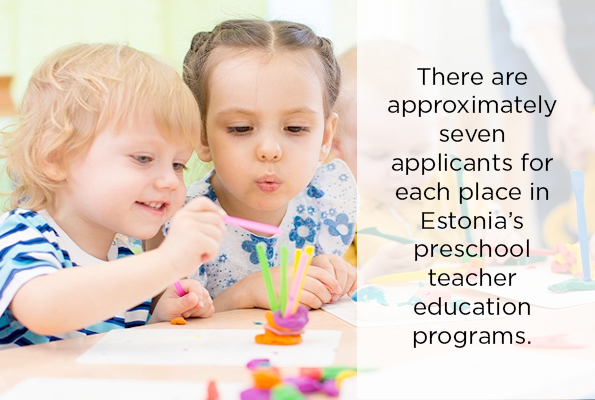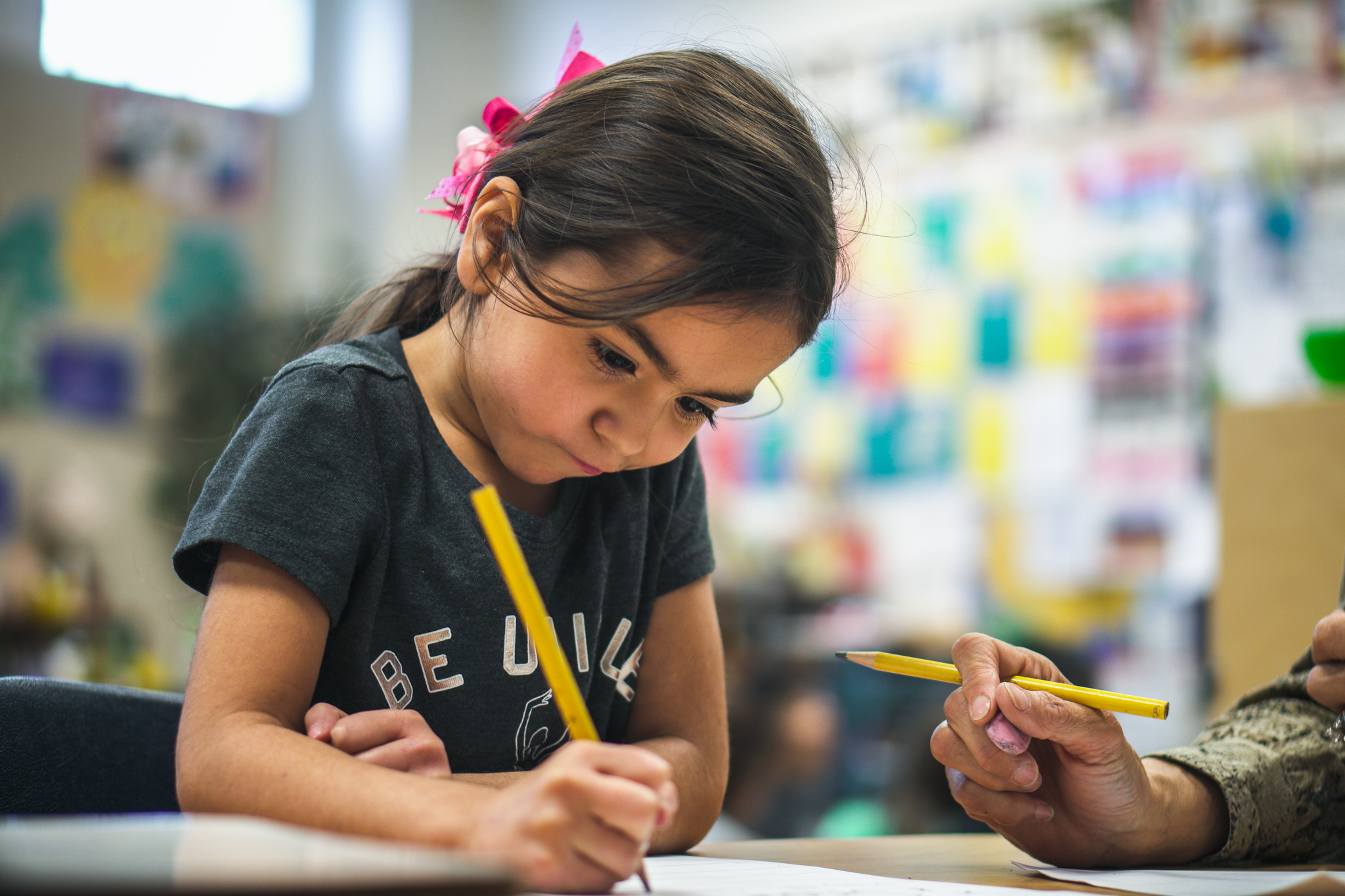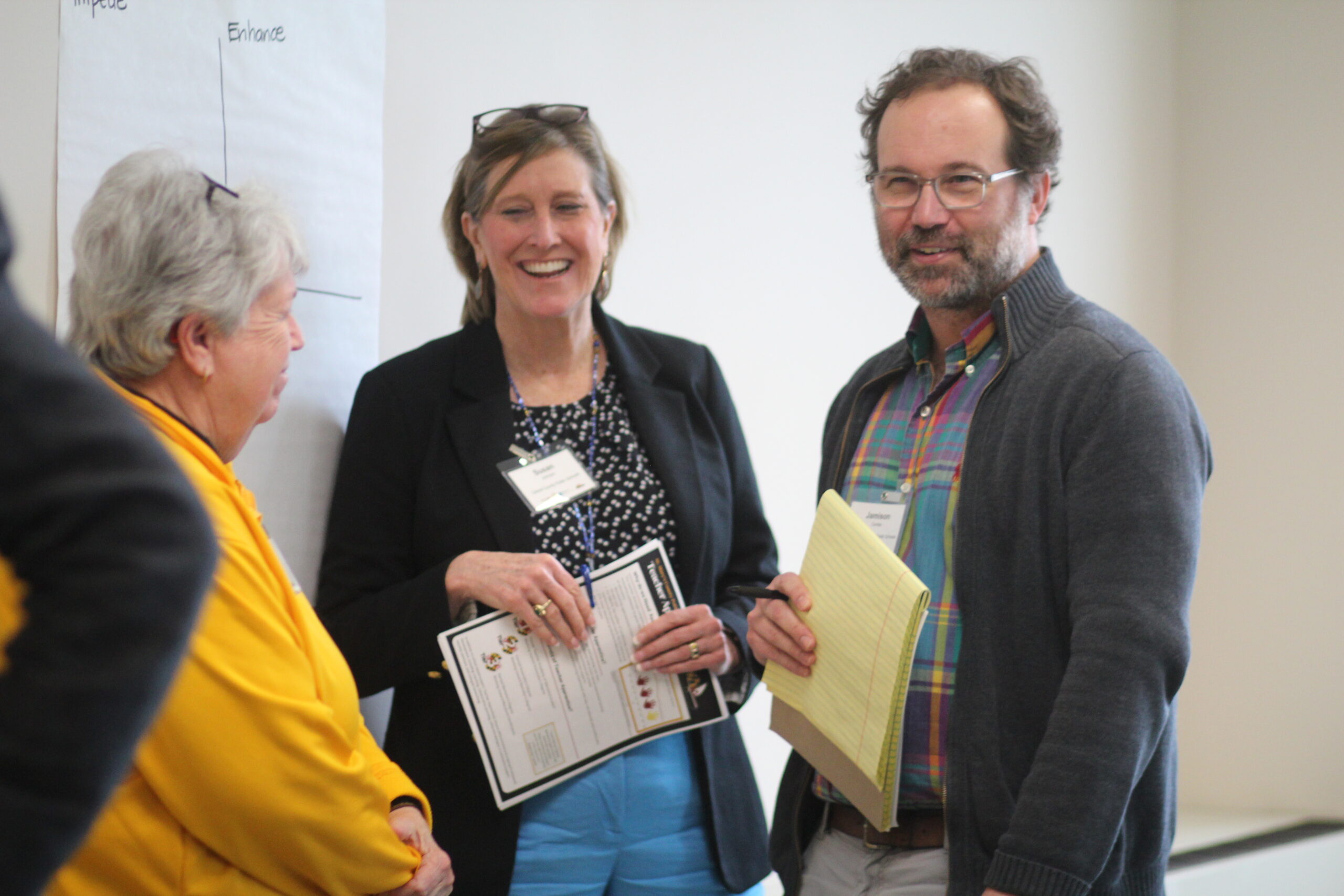
By Monica Pfister
On a recent visit to Estonia, NCEE staff learned firsthand that this Baltic nation—already a world leader in providing high-quality, accessible, and affordable early childhood education and care—is now tackling the challenge of attracting and retaining the best early childhood educators head on. This is a challenge many jurisdictions are facing as they expand access to high-quality early childhood education to more young children.
Estonia has already built an impressive system of early education and supports that begin during the prenatal period and extend through the start of compulsory school at age 7. For example, Estonia provides health insurance coverage for all pregnant women and children; financial support for all families with children, including a childbirth allowance of US$350 and an ongoing monthly child allowance; and extensive paid family leave, including 140 days of maternity leave, 10 days of paternity leave (soon to increase to 30 days), and about 1.5 years of parental leave. These policies ensure that parents and guardians have the flexibility to stay home with their children, if they choose, and access to the resources they need to give their children a healthy start during their earliest years.
As one or both parents return to work, Estonian families have the option to enroll their children in preschool. More than 80 percent of all Estonian 3- to 6-year-olds were enrolled as of the early 2000s; today, although enrollment remains voluntary, it has climbed to more than 95 percent of this age group. Enrollment rates also exceed 80 percent among 1- to 3-year-olds. Municipalities guarantee a preschool slot for all children between ages 1.5 and 7, which contributes to these high enrollment rates. Another contributing factor is that fees in public preschools, which account for more than 90 percent of preschools, are capped at 20 percent of the minimum wage.
The quality of preschool programs has also been a major focus in Estonia. Since 2008, all preschools must follow the National Curriculum for Pre-school Child Care Institutions, which outlines goals for children before they reach compulsory school age, including for building general skills—such as play, self-management, and social skills—as well as demonstrating developmentally appropriate progress in areas like language and speech, mathematics, art, music, and movement. A school readiness assessment eases the transition to primary school by facilitating communication between preschool and primary school teachers about children’s developmental progress.
Estonia recognized, however, that its early childhood education and care system would only be as good as its teachers. As part of its Lifelong Learning Strategy 2020, the education sector strategic plan for 2014-20, Estonia has prioritized strengthening the early childhood workforce. Its approach has centered on treating preschool teachers, like teachers at all levels, as professionals.
First, Estonia has been taking steps to improve working conditions in preschools. This has included increasing access to meaningful professional learning experiences, such as dedicated time during regular working hours for preschool teachers to reflect on their practice independently and in teams. In addition, the teacher-child ratio is limited to 1:7 for children up to age 3 and 1:10 for children above age 3. A range of support specialists, including speech therapists and special education teachers, supplement the teacher workforce, and services from these specialists are guaranteed for all preschool children who need them.
Second, Estonia set a goal of increasing the salaries of all teachers—including preschool teachers—in order to make teaching attractive to top candidates. In 2017, Estonia’s central government began providing significant additional funding to local governments to increase preschool teachers’ salaries in each municipality. In some municipalities, this additional funding doubled salaries, and as of 2019, the average salary of a preschool teacher is nearly on par with that of a primary school teacher.
And third, Estonia raised the requirements for education of early childhood educators. All new preschool teachers have been required to hold university bachelor’s degrees since 2013. As these changes have been implemented, Estonia has seen increased competition for admission to preschool teacher education programs at universities. Today, there are approximately seven applicants for each place in preschool teacher education programs, indicating a growing pool of aspiring preschool teachers. More than one-fifth of preschool teachers have chosen to earn master’s degrees.
While it is Estonia’s education system as a whole, not any one component, that is likely responsible for its high performance in all three tested subjects on PISA 2018, Estonia’s careful attention to supporting its youngest children is a reminder of the critical importance of the early years in preparing children for future success. As jurisdictions worldwide increasingly turn their attention to this key developmental period, Estonia’s approach is undoubtedly one to watch.




